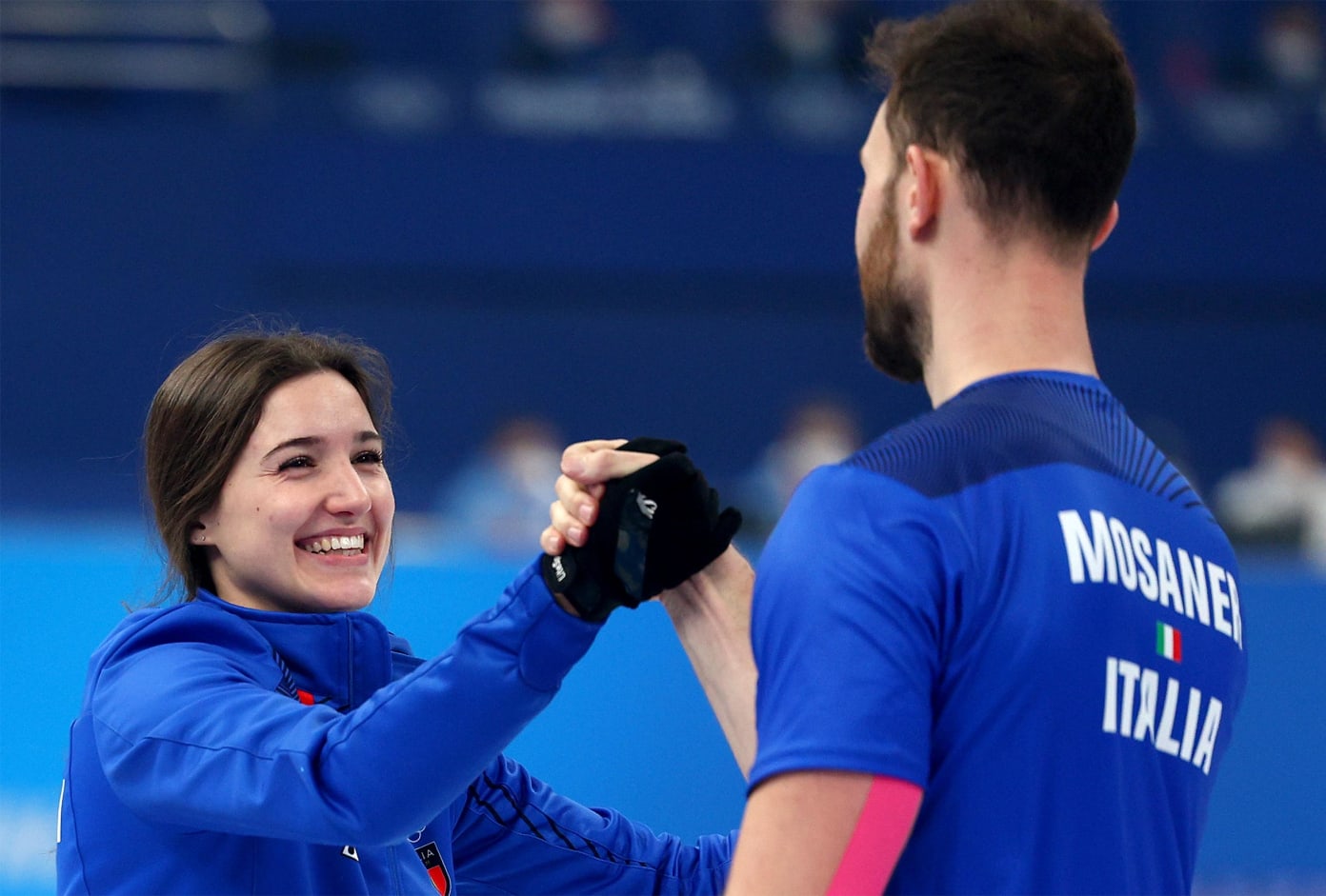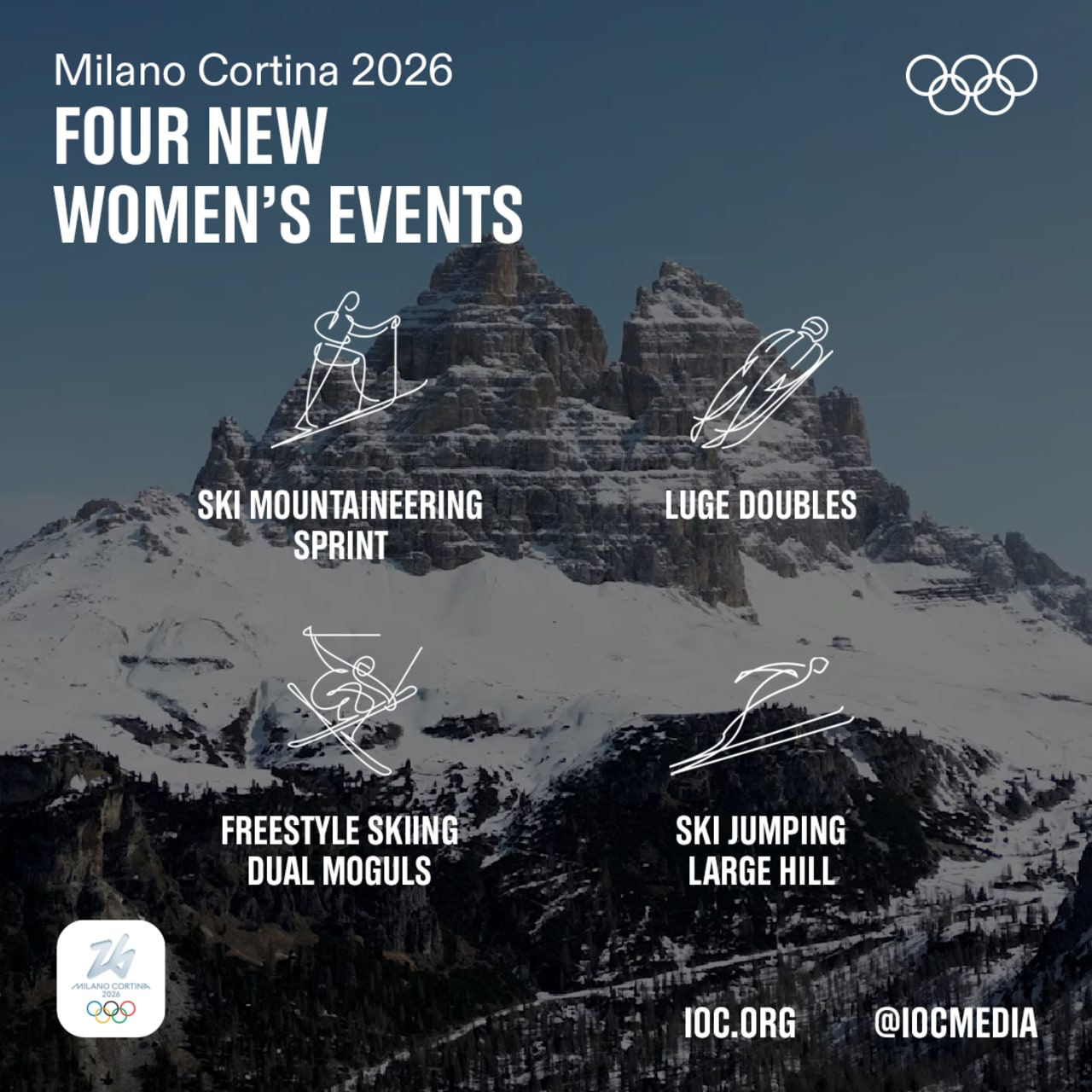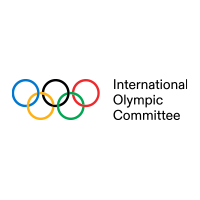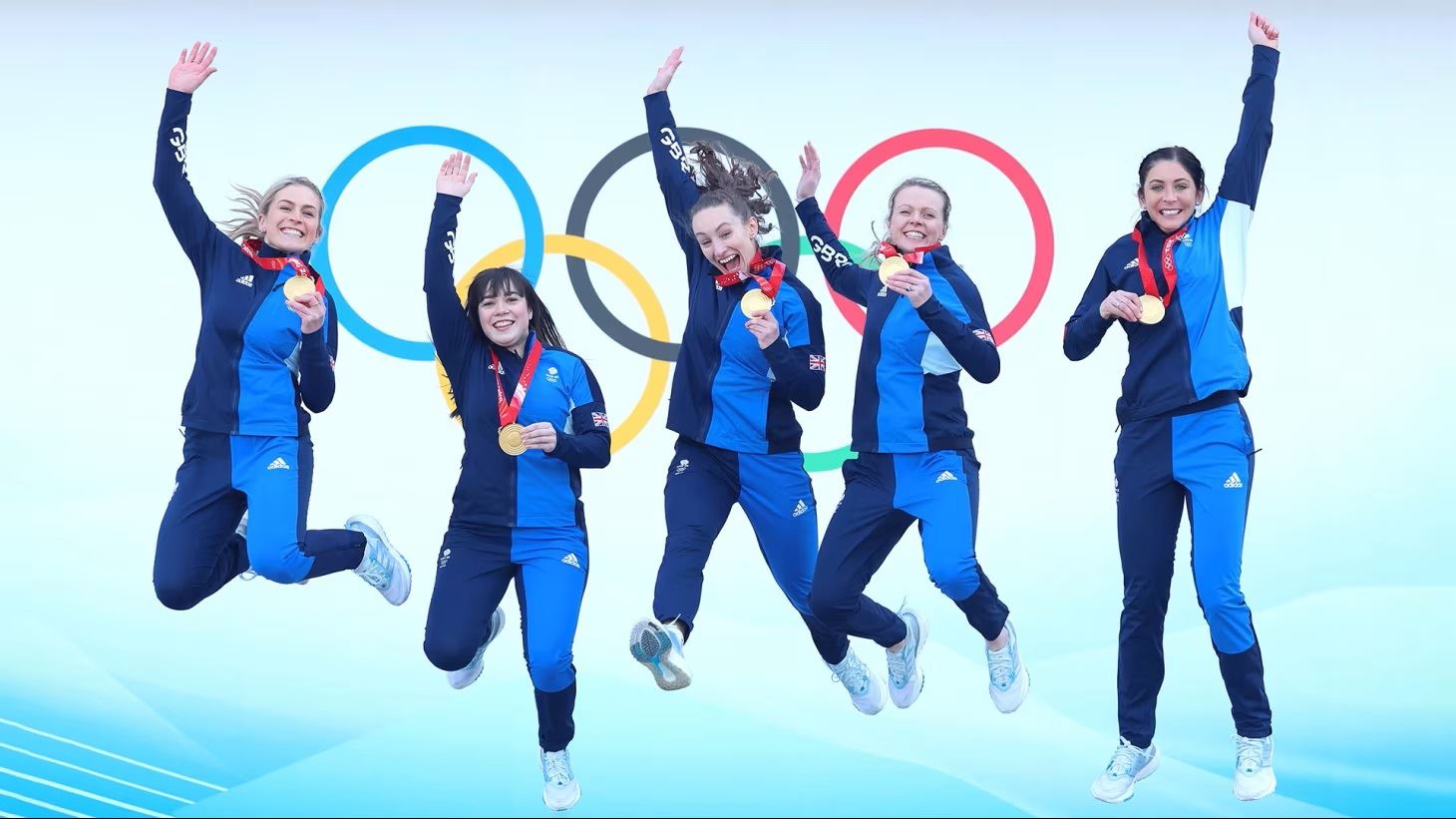18 November 2025 - The Milano Cortina 2026 Olympic Winter Games will see more women compete in more events than at any previous Winter Games – continued evidence of the International Olympic Committee’s (IOC’s) commitment to fostering gender equality in sport. From record athlete quotas to new women’s events and a majority of fully gender-balanced disciplines, Milano Cortina 2026 will set multiple milestones for gender equality.
KEY FACTS
- Milano Cortina 2026 will be the most gender-balanced Olympic Winter Games in history.
- Women will make up 47 per cent of the athletes on a programme with 50 women’s events – both Olympic Winter Games records.
- 12 of the 16 disciplines on the Milano Cortina 2026 programme will feature full gender parity, another Olympic first.

WHAT MAKES MILANO CORTINA 2026 THE MOST GENDER-BALANCED WINTER GAMES IN HISTORY?
Building on the momentum from Beijing 2022 – where women represented 44.7 per cent of athletes and 10 disciplines achieved full gender balance – Milano Cortina 2026 will continue the drive towards full gender equality.
At Milano Cortina 2026:
- 47 per cent of all athlete quota places have been allocated to women – the most ever at the Olympic Winter Games.
- Of the 116 events, 50 will be women’s events (the most ever) and 12 will be mixed events, meaning women will compete in a Winter Games-record 53.4 per cent of all events.
- Four new women's events will feature for the first time: freestyle skiing dual moguls, luge doubles, ski jumping large individual hill and ski mountaineering sprint.
- 12 of the 16 disciplines (75 per cent) will be fully gender-balanced in athlete numbers – another Games record and an increase from Beijing 2022 (10 of 15 disciplines).
- Women and men will compete over the same distances in cross-country skiing for the first time at the Winter Games.

These achievements reflect decades of targeted efforts across the Olympic Movement, particularly through the evolution of the Olympic programme. When women competed at the first edition of the Olympic Winter Games, in Chamonix in 1924, they made up a mere 4.3 per cent of competitors and took part only in figure skating. Milestones such as the addition of women’s ice hockey at Nagano 1998 and women’s bobsleigh at Salt Lake City 2002 signalled a new era of opportunities for female athletes, shaping the balanced programme we see today.
One of the most symbolic moments of the Olympic Games – the Opening Ceremony – has also become a spotlight for equal representation. Following the IOC’s decision to invite all NOCs to feature both female and male flagbearers at each Opening Ceremony, nearly three-quarters of all NOCs (73 per cent) featured a female flagbearer at Beijing 2022 – a huge increase on previous Games – a trend that is set to continue at the Milano Cortina 2026 Opening Ceremony.

WOMEN LEADING THE WAY AT MILANO CORTINA 2026
The emphasis on gender equality at the Games isn’t limited to the athletes. Both the IOC and the Milano Cortina 2026 Organising Committee (OCOG) are committed to promoting and fostering gender equality at every level – from the leadership to the Games-time volunteers.
Women currently make up 45 per cent of the Milano Cortina 2026 senior leadership, a significant increase from Beijing 2022. Across the entire OCOG, 48 per cent of the workforce are women.
Women are also signing up to be part of Milano Cortina 2026 in record numbers. A total of 55 per cent of volunteer applications received have come from women.
Together, the IOC and the OCOG are working to make Milano Cortina 2026 a defining moment for women in sport – championing strong role models, providing more opportunities and opening new pathways. It’s just the latest step on a journey to ensure women gain an equal footing at the Olympic Games – a journey set to continue at future editions.


